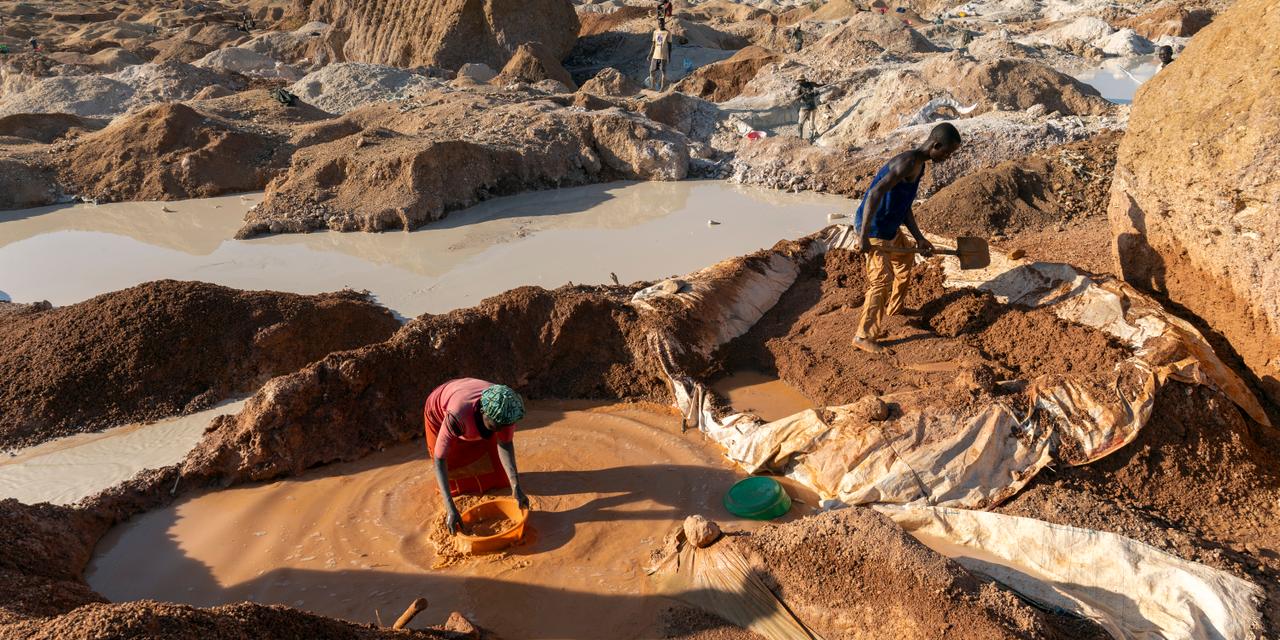


In the DRC, Chinese and American companies race for lithium
FeatureIn the southeast of the Democratic Republic of Congo, the city of Manono sits atop the world's largest reserves of this mineral essential to the energy transition. A Chinese group signed the first contract there in 2022, followed this year by a California-based company.
The sun had been up for less than an hour, and already a multitude of artisanal miners – known locally as "diggers" – were already hard at work in the maze of pits at the Kitololo quarry. Wearing rubber boots or simple sandals, armed with shovels and crowbars, hundreds of men, women and sometimes children tirelessly search underground for traces of coltan and cassiterite.
"The quarry expands every month," said Floribert (who did not wish to give his last name), 21, one of the miners. "Last year, there were fields here, we grew rice and sweet potatoes. But people prefer to dig, since we get paid immediately for the ore we collect and roughly sift. On good days, we can earn more than 35,000 Congolese francs [about €10]."
One kilometer away, at the foot of the majestic Manono Cathedral in the center of this city of about 180,000 people, Father Moïse Kiluba, a staunch defender of his parishioners' rights, assessed the situation: "Minerals make a lot of people dream. There is strong demand for coltan and cassiterite, essential components of the digital revolution that has come with the widespread use of mobile phones. And more and more, people are talking about our lithium deposits, which are drawing the attention of the world's major powers. First China, and now the United States."
A glimmer of hope
Located in the southeast of the Democratic Republic of Congo (DRC), Manono was a major mining center in the 20th century. It fell into deep decline starting in 1982, when Belgian managers running the tin operations left, abandoning their opulent homes, processing plants and several massive slag heaps. The once-model city's infrastructure gradually deteriorated, poverty took hold and residents clung to the coltan and cassiterite they could still glean from the old tin-rich quarries.
You have 73.93% of this article left to read. The rest is for subscribers only.
